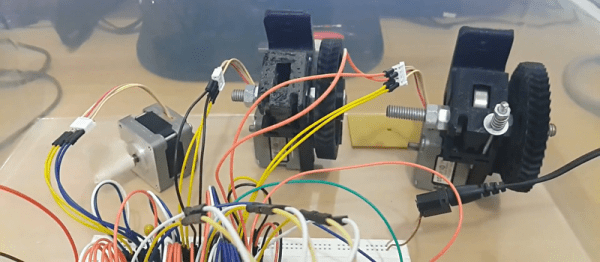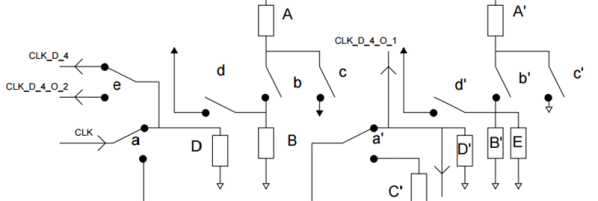Are you around Philly, Baltimore, or DC, and looking for something fun to do this weekend? Great news, because Saturday sees the start of the first inaugural East Coast RepRap Festival in Bel Air, Maryland. Eh, we’ll grab some Bohs and boil up some crabs. It’ll be a great time.
 Regular readers of Hackaday should have heard of MRRF, the Midwest RepRap Festival, and the greatest 3D printer convention on the planet. There’s a reason it’s so good: it’s not a trade show. It’s simply everyone in the business and a ton of cool people heading out to the middle of Indiana one weekend per year and simply dorking out. All the heavy hitters were at MRRF last year, from [Prusa], to E3D, to [Brook] of Printrbot. The 3D Printing YouTubers made it out, and the entire event was simply a thousand or so people who were the best at what they do just hanging out.
Regular readers of Hackaday should have heard of MRRF, the Midwest RepRap Festival, and the greatest 3D printer convention on the planet. There’s a reason it’s so good: it’s not a trade show. It’s simply everyone in the business and a ton of cool people heading out to the middle of Indiana one weekend per year and simply dorking out. All the heavy hitters were at MRRF last year, from [Prusa], to E3D, to [Brook] of Printrbot. The 3D Printing YouTubers made it out, and the entire event was simply a thousand or so people who were the best at what they do just hanging out.
Want evidence a highly unorganized conference of 3D printing enthusiasts can be great? Here’s a working MakerBot Cupcake. Here’s full-color printing with cyan, magenta, yellow, black, and white filament. How about an infinite build volume printer? There are roundtables, demos, and talks. This is the state of 3D printing, and it inexplicably happens in the middle of nowhere every year.
This weekend, the East Coast RepRap Festival is launching. This is not an event organized by SeeMeCNC, the hosts of the Midwest RepRap Festival. This is an independent event, and we have no idea how it’s going to turn out. That said, the schedule of events looks great with 3D printed pinewood (douglasfirfill?) derbies, and of course, the event space will be filled with strange and exotic homebuilt printers. The big names will be there, and it looks like this may be the beginning of something great.
Hackaday is going to have some boots on the ground this weekend, and we’re going to be showing off the greatest and the best from ERRF. Tickets are still available, and it looks like this is shaping up to be a great weekend.

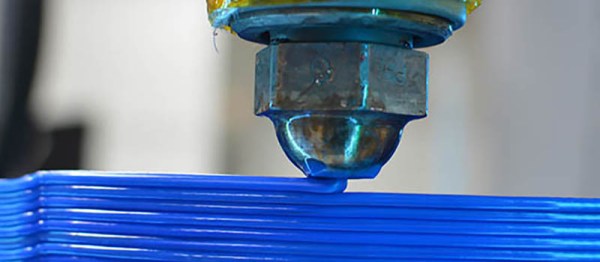
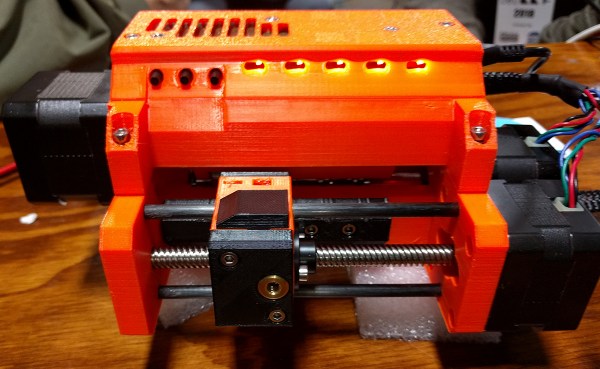


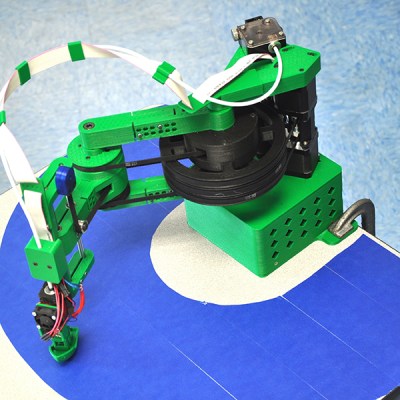 [Nick] is designing a new kind of RepRap,
[Nick] is designing a new kind of RepRap, 
